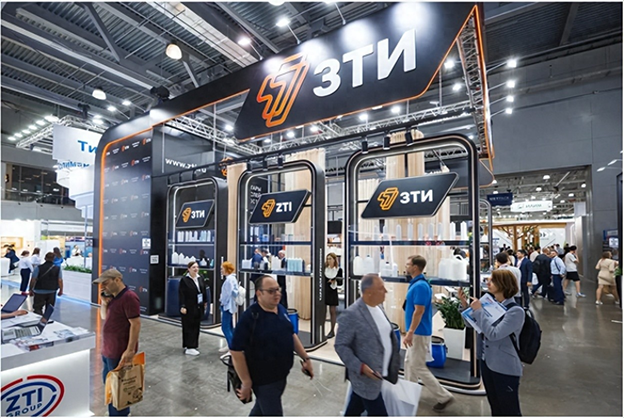
Biodegradable packaging materials have shifted from niche novelties to practical solutions, driven by policy and consumers' zero-tolerance attitude towards single-use plastics. Next June, engineers, purchasers and brand managers will gather in Moscow for the RosUpack International Packaging Exhibition to inspect the latest technological achievements with physical samples. This year's RosUpack will focus on films and functional coatings, allowing visitors to test sealing strength, oxygen barrier properties and print quality all in one place. All this indicates that sustainable packaging has entered an era of hard metrics such as production line speed and shelf life.
| Market pressure is driving the industry to accelerate its transformation.
Regional regulatory authorities have set 2026 as the next key milestone for landfill reduction, and Russian enterprises are also advancing the alternative schedule for compostable and recyclable packaging. According to Smithers Investment Analysis, the global demand for biodegradable and compostable packaging will maintain an average annual growth rate of 8.8% until 2029, with the total scale exceeding one million tons. This growth is not just a concept hype but a real shift in the procurement system from petroleum-based multi-layer materials to renewable and biodegradable structures.
| Material innovation redefines the boundaries of performance.
The new generation of PLA blend materials
By improving the copolymer, the heat resistance has exceeded the 100℃ mark, allowing the hot-filled sauce to remain intact and without sedimentation during the tunnel pasteurization process. Standard form-fill-seal line tests show that its cycle time is only 3% longer than that of traditional PET materials, so processors do not need to add extra ovens or cooling processes.
PHA film synthesized from waste materials
Polyhydroxyalkanoates (PHA) particles produced through the fermentation of waste cooking oil or agricultural residues have a 50% lower carbon footprint throughout their life cycle compared to virgin polylactic acid (PLA). The high-transparency blown film made from this material has impact resistance comparable to low-density polyethylene (LDPE), offering a new option for packaging fresh fruits and vegetables.
Water-based barrier coating
The silica-rich dispersion can form a continuous barrier layer of less than 10 microns, with an oxygen transmission rate of less than 0.5 cubic centimeters per square meter per day. When applied to grass fiber paper, this material can replace the polyethylene extrusion process, enabling single-material packaging and directly compatible with existing paper production processes. After large-scale production, the cost per square meter is only within 7% higher than that of traditional wax coatings, and the cost pressure for enterprises to apply this technology in the early stage is lower than expected.
| Good compatibility control reduces transformation costs.
Under the condition that the molds, sealing jaws and drying ovens do not need to be replaced, it is more convenient to switch the base materials. Most new films can be adapted to existing equipment by simply adjusting the sealing pressure and dwell time; some coatings even support room temperature curing, which helps to reduce energy consumption. Processing enterprises can start with single-axis or single-extruder trials, and gradually expand to the entire product line after verifying the mechanical properties.
Packagers can achieve flexible multi-material production scheduling: Quick-change mandrels and formula control systems enable production lines to switch rapidly between polylactic acid (PLA) blends and traditional biaxially oriented polypropylene (OPP), significantly reducing machine cleaning time.
| The disposal path for packaging waste needs to be clearly defined.
Industrial composting capacity is much higher than that of home composting, but there are still shortcomings in infrastructure in areas outside major cities. Although standards such as EN13432 have set thresholds for decomposition rates and ecotoxicity, purchasers still need to confirm with local approved lists before printing the seedling logo, a common symbol in the field of eco-friendly packaging.
On the other hand, chemical recycling enterprises are developing technological routes that can depolymerize polylactic acid (PLA) and polyhydroxyalkanoates (PHA) into monomers, complementing the mechanical recycling of polyethylene terephthalate (PET). Exhibitors at the RosUpack packaging recycling machinery exhibition area will demonstrate laboratory-level depolymerization devices and optical sorters adapted to new materials on site, presenting a panoramic view of the circular industrial chain to the audience.


